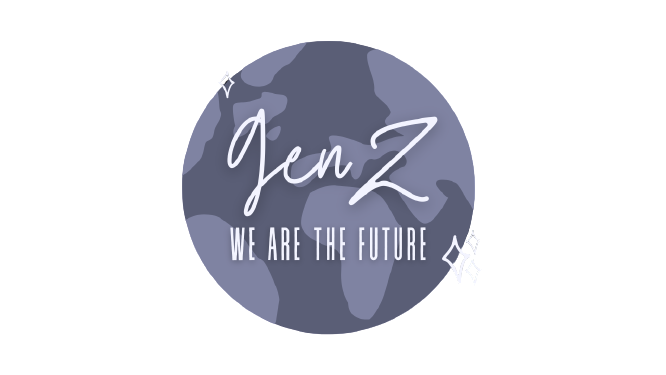Inequality in Healthcare
“Is it bad enough to require medical attention?”
This is a question that millions of families in the United States are forced to ask themselves every day. Many American residents have to choose between their physical safety and their economic welfare. For example, in 2018, the rising cost of healthcare left approximately seven million people below the poverty line. Moreover, due to privatized healthcare in the U.S., intersectional discrimination is woven into the roots of the system. Race, social and economic status, gender, and sexual orientation are just some of the facets of a patient’s identity that can negatively affect their accessibility to healthcare. More often than not, minorities are disregarded when it comes to the healthcare system. The working class is largely comprised of minorities. They cannot afford proper medical care, and they are low-income. As a result, they cannot afford to abandon their jobs as a result of injuries.
BIPOC (Black Indigenous People of Color) are disproportionately affected by the discrimination of the healthcare system. The COVID-19 pandemic is proof of this. Communities of color have recorded the highest case rates and the highest casualty rates. In addition, vaccines have been primarily distributed to wealthy white citizens. However, this is one of the lowest risk populations; low-income communities are at a much higher risk for exposure to and contraction of the virus. The two main factors of discrimination in the vaccine rollout are data and speed. The government claims that they do not have precise data on who exactly is being vaccinated. As a result, they cannot ensure equal vaccination distribution. Secondly, equity is being sacrificed in the speed of the rollout. The rush to get everyone vaccinated has resulted in a lack of equal opportunity. Wealthy people have more access to the vaccine than the less fortunate. Similarly, white people have more opportunities to be vaccinated than people of color.
One solution to the disparities within the healthcare system is Medicare For All, also known as M4A. This system would ensure that every citizen of the United States would have access to healthcare. In order to establish this system, taxes would be raised on the wealthy. However, this would directly benefit minorities and low-income people because it would cover their healthcare costs. A common misconception about M4A is the notion that all citizens would be required to switch to the public system. On the contrary, those with privatized insurance would be able to opt to remain with their healthcare.
The COVID-19 pandemic has exacerbated the inequalities in healthcare.
In conclusion, the intersectional discrimination that is inherently based in the roots of the United States healthcare system negatively affects minorites across the nation. We must act now to promote the passing of Medicare For All and aid low-income folk all over the country.
